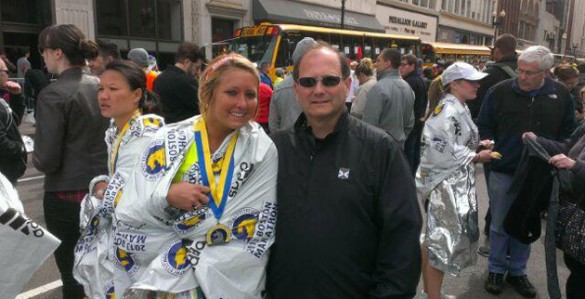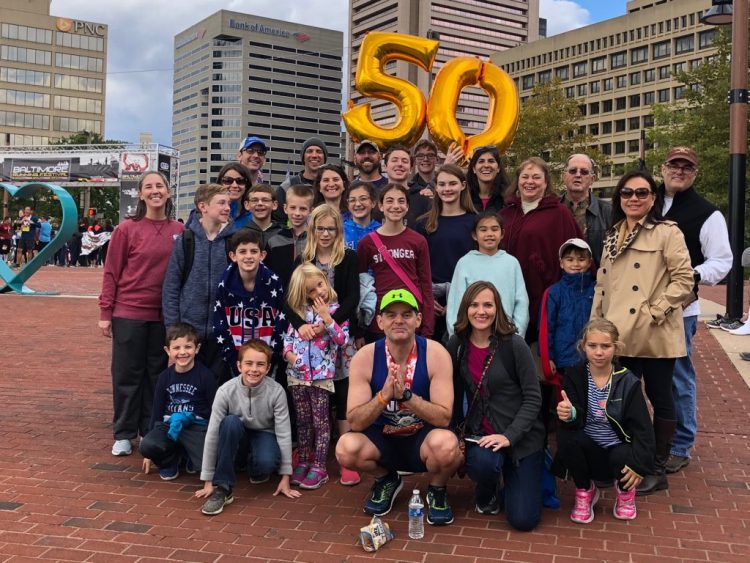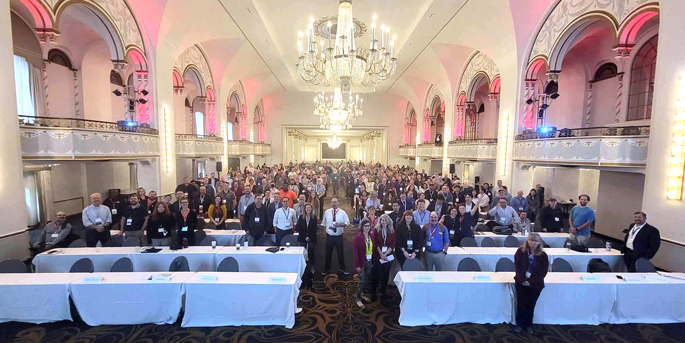Just before 3 p.m. on April 15, two bombs exploded at the finish line of the Boston Marathon. Of the estimated 27,000 runners and 500,000 spectators present, three people were killed and 281 injured.
Preparation, execution and teamwork — along with a large dose of luck — kept casualties to a minimum, according to Mitchel Harris, M.D., chief of the Orthopaedic Trauma Service at Brigham and Women’s Hospital in Boston.

Harris presented the lecture “Teamwork at Its Finest: The Orthopaedic Perspective” at Vanderbilt on Nov. 20, recounting the medical response to the Boston Marathon bombings.
There are six Level 1 trauma centers located within two miles of the blast site, which treated the majority of patients. The average time from the scene to the emergency department at any hospital was 17 minutes. From 3 p.m. to midnight, 36 operating rooms in the city were dedicated solely to the bombing victims.
“That is an incredible amount of resources and one of the reasons this went so well,” Harris said. “In fact, by midnight all of the operations had been completed and nothing was required to go through the night. Because of effective triage, this was no worse than a busy day at six different hospitals.”
Harris said he could not ignore the role that luck played in the medical response. The bombings occurred on a city holiday when there was less activity at the hospital, and at the time of a shift change, which resulted in twice the number of available staff.
The location of the bombs also played a part in the lucky situation.
“If these bombs had been 10 miles away, it would have been a dramatically different result. Instead, they were right at the finish by all the medical tents and right in the center of all the trauma centers. The bombs were also at street level, so the majority of the injuries were at the lower extremities instead of the head or torso,” Harris said.
Beyond luck, Harris said the Boston Athletic Association, which runs the marathon, and local medical providers were well prepared for an emergency situation and executed the plans with good teamwork.
“In 2004, it was particularly hot for the marathon and they had 280 participants hospitalized just for heat-related illness. The Boston Athletic Association recognized that they needed a better plan for medical emergencies, and there have been tabletop emergency preparedness exercises, including a bomb scenario,” Harris said.
Because the majority of patients being treated did not have an ID, Harris noted that improvements were needed in a system for naming patients and in communicating with family members.
Harris said emergency preparedness is key for future events like the Super Bowl, World Cup and large concerts.
“Will there be a next time? It’s sickening to think it, but if you’re prepared, at least you will know what to do when something like this happens.”
The Orthopaedics Interest Group, Vanderbilt Division of Orthopaedic Trauma and Global Health Organization sponsored the lecture.















